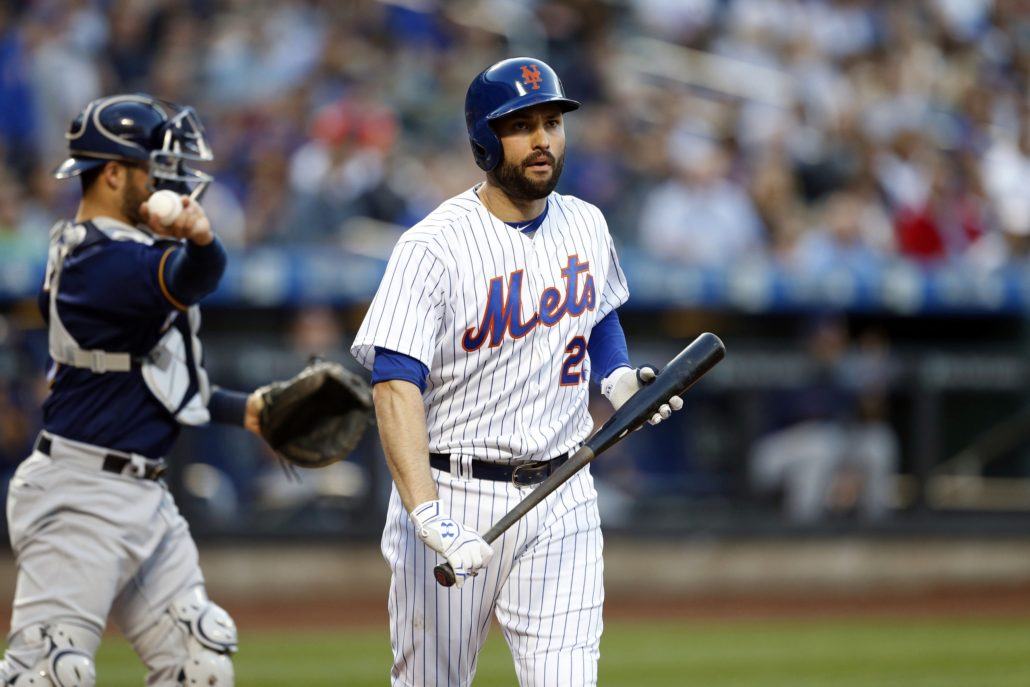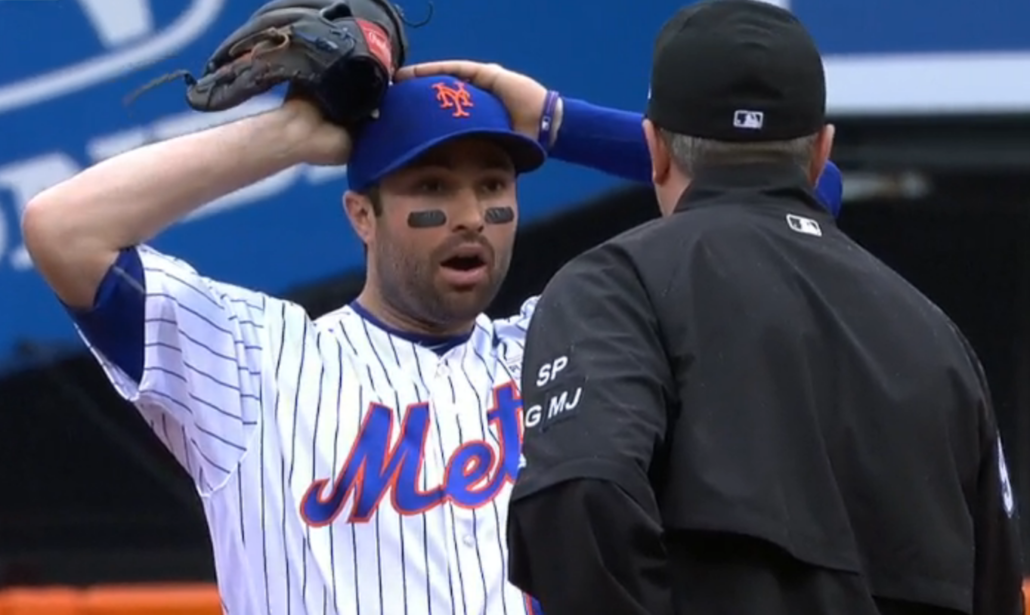
There isn’t any one simple reason for why 2017 has been such a disaster for the New York Mets. A collection of injuries, underperforming players, and questionable decision-making has doomed this team. The latter might be the biggest issue because it’s the easiest to control, and one offseason decision put the Mets at a disadvantage from the moment it occurred — bringing back Neil Walker.
Let’s start by getting this out of the way — Walker is a good baseball player. In fact, he’s been pretty productive for the Mets. Over two seasons, he’s hit .278/.349/.822 and played a pretty adequate second base. The 2015 trade that sent Jon Niese to Pittsburgh for Walker was a clear win for the front office.
Still, part of running a front office is about knowing how to allocate resources. While the Mets approximate $124 million payroll may sound like a lot of money, spread over a 25-man roster, that’s only about $5 million per player. So wherever possible, you don’t want to have to overpay for a roster spot.
Entering last offseason, the Mets had cheap options at second base. T.J. Rivera shined down the stretch for the team, while Wilmer Flores showed signs of being more than just a platoon player. Instead of rolling with those players and maybe bringing in a cheap veteran to throw into the mix (ex: Kelly Johnson), the Mets made Walker the team’s third-highest player by extending him a $17.2 million qualifying offer that he eventually accepted.
The other, cheaper options are only half the story, though. Walker, who was about to enter his Age-31 season, was coming off back surgery, and in his eight-year career, he had played 150 or more games just twice. It wasn’t just that the Mets were committing $17.2 million to a position they could fill internally, they were giving it to a risky investment.
The immediate impact of the Walker signing had the longest-lasting effect. By bringing back Walker and Yoenis Cespedes, the Mets already had nearly maxed out their offseason spending. That meant although the bullpen had blown the last two postseason appearances, there would be no major upgrades on the horizon. Instead of going out and aggressively improving the back end of the pitching staff, the Mets settled for cheaper options in Jerry Blevins (a successful move) and Fernando Salas (a disaster). While the Mets had invested $17.2 million at second base — a position where they had other options — they invested just over $25 million for their entire bullpen.
The other result of the Walker signing was that Rivera, who hit .333 for the Mets in 2016, was essentially left without a role. In fact, he was eventually demoted shortly into the season because there was no playing time for him. By bringing back Walker, the Mets also took away one of their best bats from the stretch run of 2016. Had the Mets given Rivera the full-time gig at second over Walker, it would have cost them just over $500,000.
What followed was almost too predictable. The skimped over bullpen collapsed almost immediately and has been the Mets’ weak point all season. Walker hit well, but got hurt again, and hasn’t played in a month. The injury might make it impossible for the Mets to even trade Walker at the deadline. Meanwhile, after finally getting playing time, Rivera is again hitting a solid .299/.340/.443. In Walker’s absence, he’s played almost everyday and has been a middle of the order fixture.
Why this is most important is that the Mets have over $70 million to spend this offseason. They still need a bullpen among many other things. Allocating resources will be key, and unlike last season, they need to trust their cheap, internal options, especially if they have already shown productivity. The 2017 season exposed a lot of holes on the Mets roster, and the team needs to fill those holes instead of fortifying already-strong positions.















